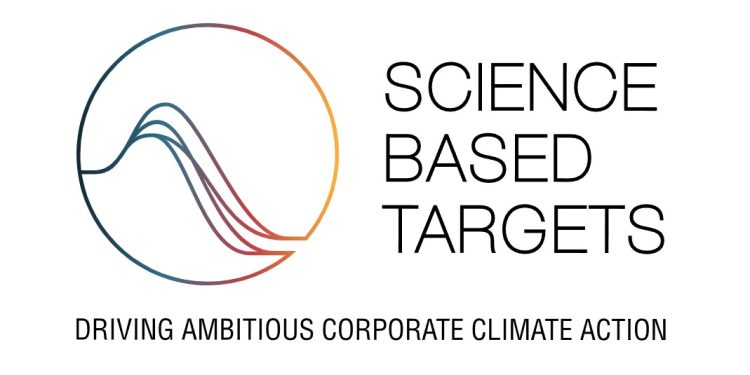Science Based Targets Initiative Glossary Second Edition
This article introduces the second edition of the glossary released by the Science Based Targets Initiative (SBTi).
The Science Based Targets Initiative released the first version of its glossary in February 2024 and adjusted the terminology of Environmental Attribute Certificates and carbon credits.
Related Post: ESG Abbreviations
Background of Science Based Targets Initiative Glossary
The Science Based Targets Initiative glossary includes terms and definitions from technical documents, as well as abbreviations from the documents. These documents include standards, tools, and guidelines for achieving net zero emissions and controlling global warming by 2050. The main documents are as follows:
- Corporate Net Zero Standard: Enables companies to establish standards that meet short-term and long-term scientific indicators of net zero and 1.5 degrees Celsius by 2050.
- Financial Institutions Net Zero Standard: Enables financial institutions to reduce short-term and long-term Scope 3 category 15 carbon emissions data and maintain consistency with net zero by 2050.
- Sector Guidance: Enterprises in various industries can develop scientific net zero targets based on cross industry methods. For 11 high carbon emitting industries, the SBTi also develops specific guidelines.
- Technical Work Program: The work schedule of the Science Based Targets Initiative, which updates existing standards and guidelines and develops new technical documents.
- Supplementary Guide: Help businesses expand their climate actions, including Supplier Engagement and Beyond Value Chain Mitigation.
Introduction to Science Based Targets Initiative Glossary
The glossary of the Science Based Targets Initiative is divided into three parts, namely:
- Terms and Definitions: Alphabetically arranged terms, definitions, and related comments. These comments include other terms that appear in the glossary. For example, the definition of the scenario is a coherent and internally consistent assumption of key driving forces (such as technology update speed, price) and relationships, as well as a reasonable description of how they may develop in the future. The terms used in the relevant comments include 1.5 ° C scenario, pathway, and scenario analysis. The definition of scenario analysis is a process of considering multiple possible outcomes to analyze future events, and the term used in related comments is scenario.
- Acronyms: Abbreviations for various carbon emissions, net zero, environment, biodiversity, natural glossary, and some institutions. These abbreviations appear in terms and definitions.
- Reference: Some documents published by institutions have been referenced in the glossary by the Science Carbon Target Initiative. Each reference provides a webpage for easy retrieval.

Reference:
SBTi Glossary
ESG Advertisements Contact:todayesg@gmail.com








